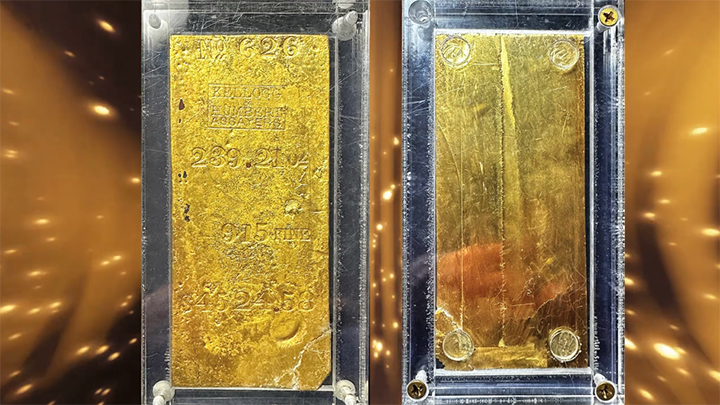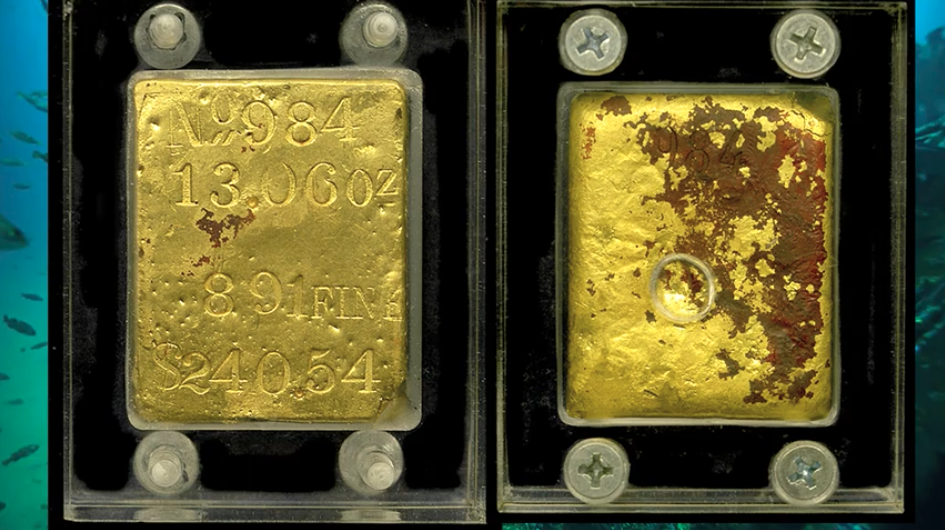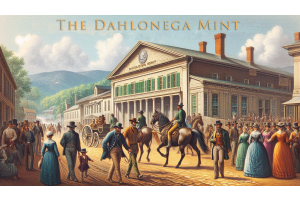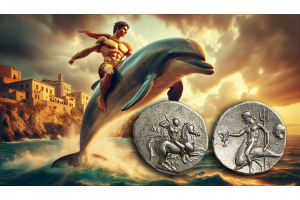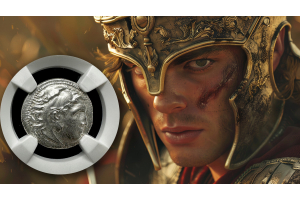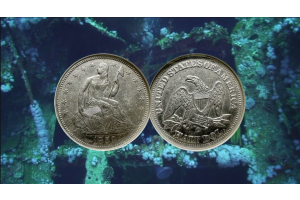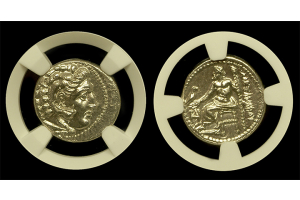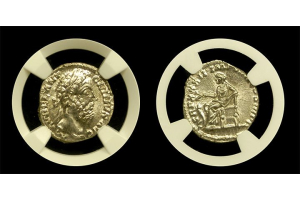gold bars
- Posted: July 01, 2024Read more »
Introduction
The SS Central America, also known as the "Ship of Gold," sank in 1857. The shipwreck carried massive gold lost during the California Gold Rush. Additionally, large Kellogg & Humbert gold ingots were among the treasures recovered. Obviously, these large gold bars were so big that they would cost over a half-million dollars based on the gold content alone. Therefore, the remarkable gold bar faceplate weighing 17 ounces was cut off to be more affordable. The original gold bar, produced by Kellogg and Humbert, weighed over 239 ounces.
The SS Central America Shipwreck
The SS Central America sank in a hurricane off the coast of the Carolinas. The ship was en route from Panama to New
- Posted: May 06, 2021Read more »
Occasionally customers call and ask us, "Can I buy gold ingots?" Many of them are especially interested in gold ingots from the SS Central American Shipwreck. What's interesting is where these gold ingots came from—The California Gold rush. It was a very fascinating time in American History.
This is when massive fortunes were made and lost. Most importantly, gold remained a testament to this exciting time period. Prospectors were frantic to discover it. They took gold nuggets in rocks to gold dust in rivers. This raw gold was turned into gold coins and bars—called ingots.
The gold was first mined in the California Hills and then taken to private refiners or assayers. They would weigh the gold and estimate its purity. Furthermore, it paid the miners for their hard work. The gold was amassed by the refiners, so the assayers could melt and refine




